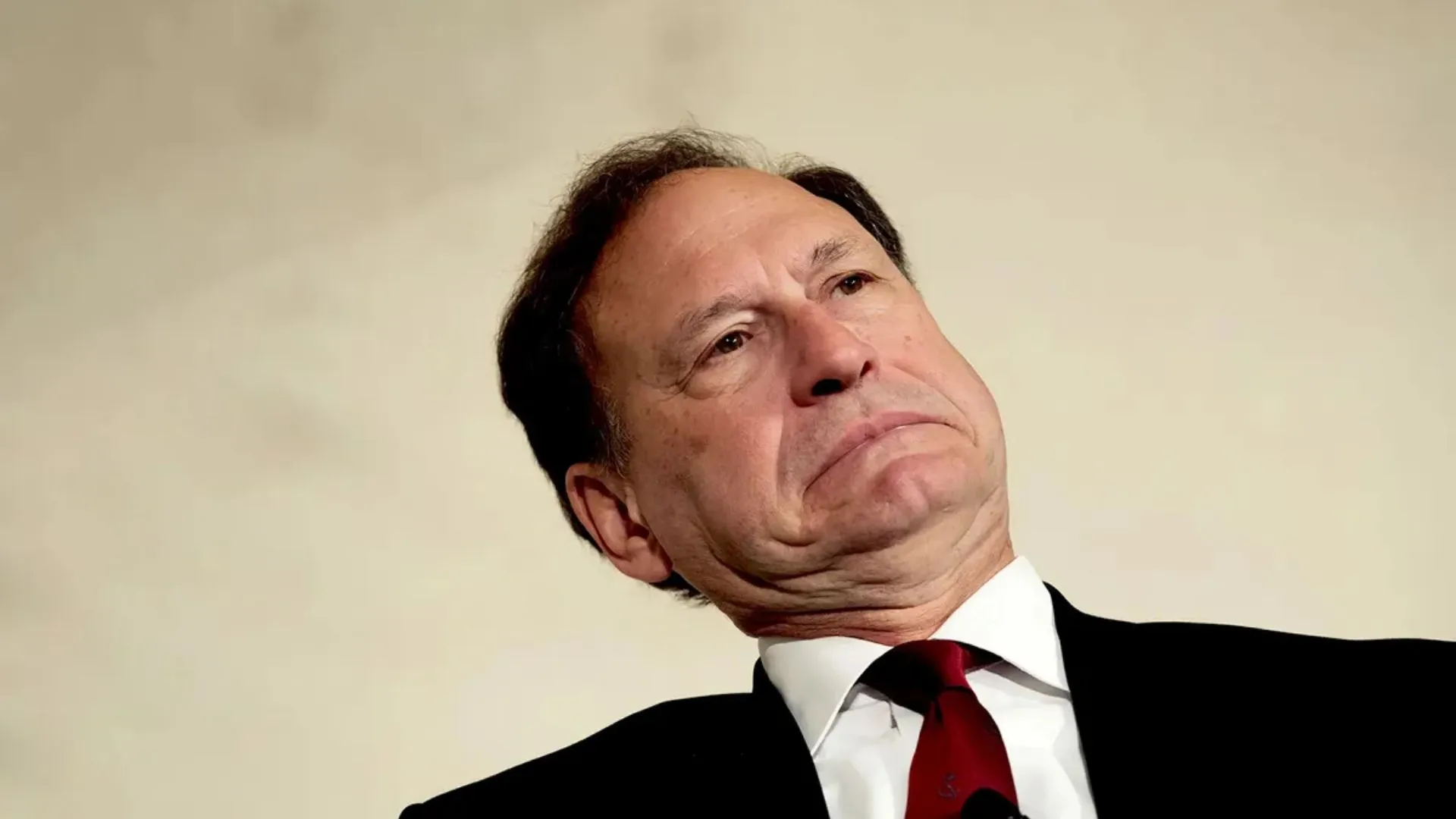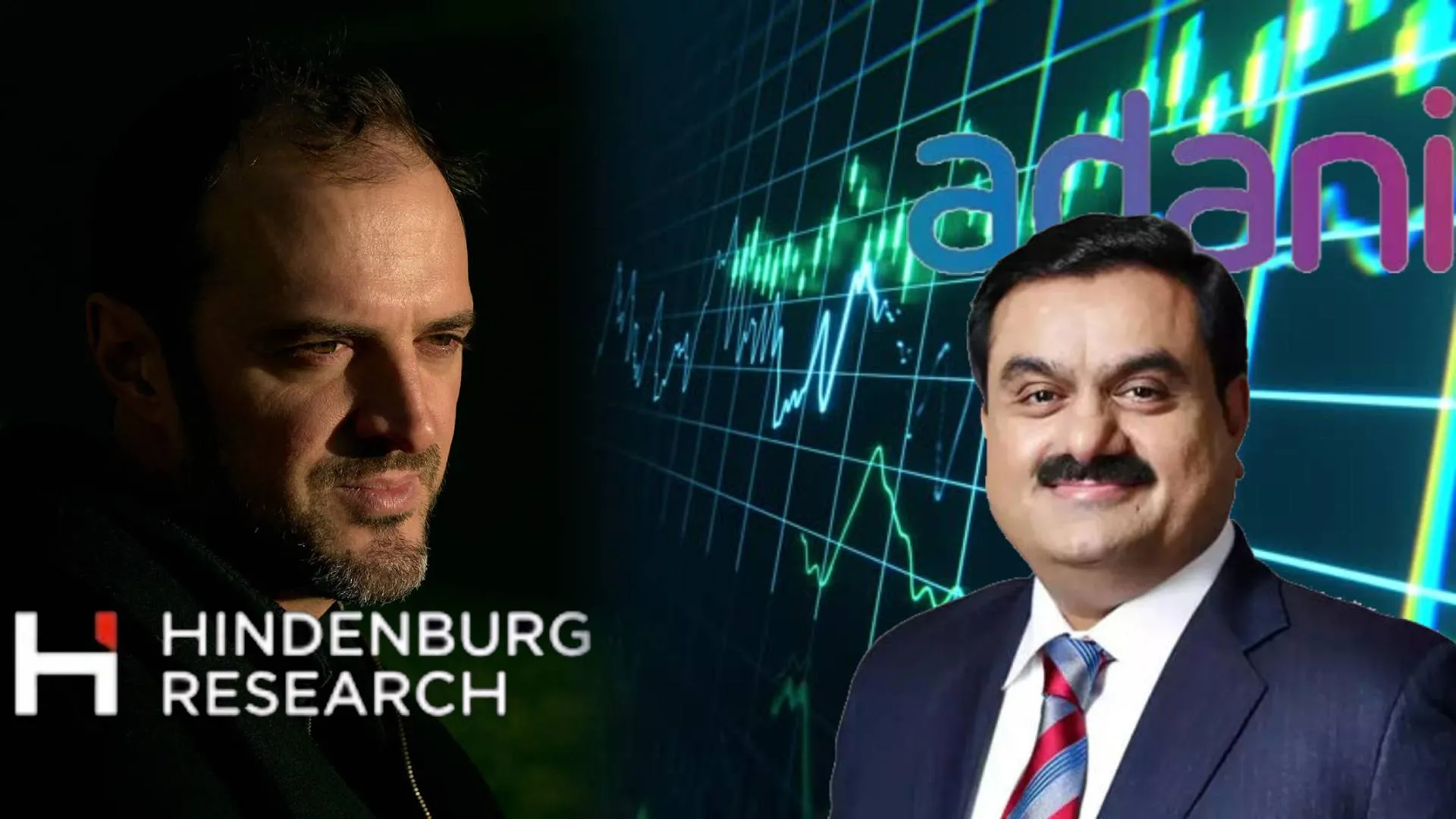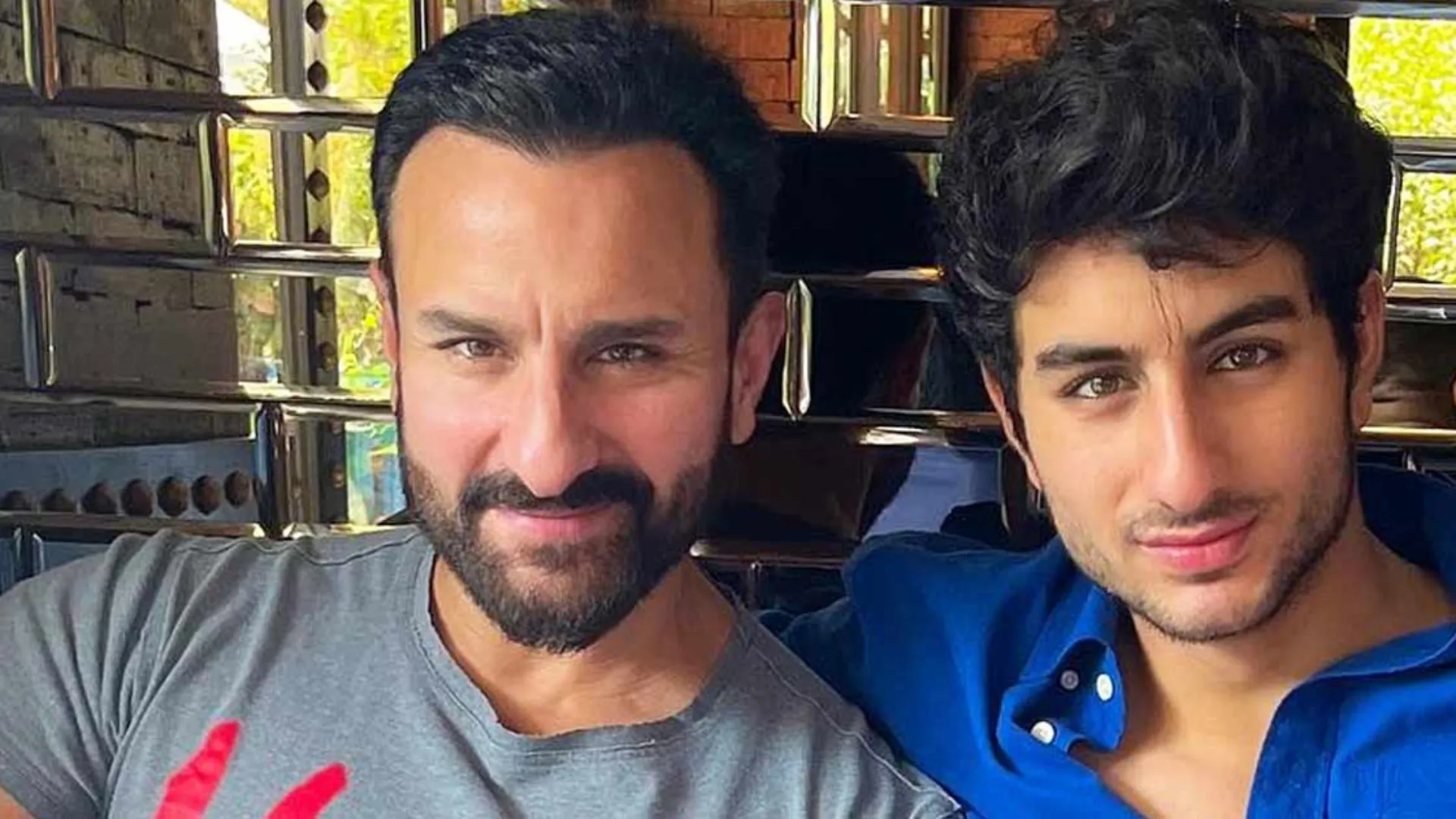One year ago, billionaire and new owner Elon Musk walked into Twitter’s San Francisco headquarters with a white bathroom sink and a grin, fired its CEO and other top executives and began transforming the social media platform into what is now known as X. X looks and feels something like Twitter, but the more time you spend on it the clearer it becomes that it’s merely an approximation. Musk has dismantled core features of what made Twitter, Twitter — its name and blue bird logo, its verification system, its Trust and Safety advisory group. Not to mention content moderation and hate speech enforcement. He also fired, laid off or lost the majority of its workforce — engineers who keep the site running, moderators who keep it from being overrun with hate, executives in charge of making rules and enforcing them.
The result, long-term Twitter watchers say, has been the end of the platform’s role as an imperfect but useful place to find out what’s going on in the world. What X will become, and whether Musk can achieve his ambition of turning it into an “everything app” that everyone uses, remains as unclear as it was a year ago. “Musk hasn’t managed to make a single meaningful improvement to the platform and is no closer to his vision of everything app,’ than he was a year ago,’’ said Insider Intelligence analyst Jasmine Enberg. “Instead, X has driven away users, advertisers, and now it has lost its primary value proposition in the social media world: Being a central hub for news.” As one of the platform’s most popular and prolific users even before he bought the company, Musk had a unique experience on Twitter that is markedly different from how regular users experience it. But many of the changes he’s introduced to X has been based on his own impressions of the site — in fact, he even polled his millions of followers for advice on how to run it (they said he should step down).

















